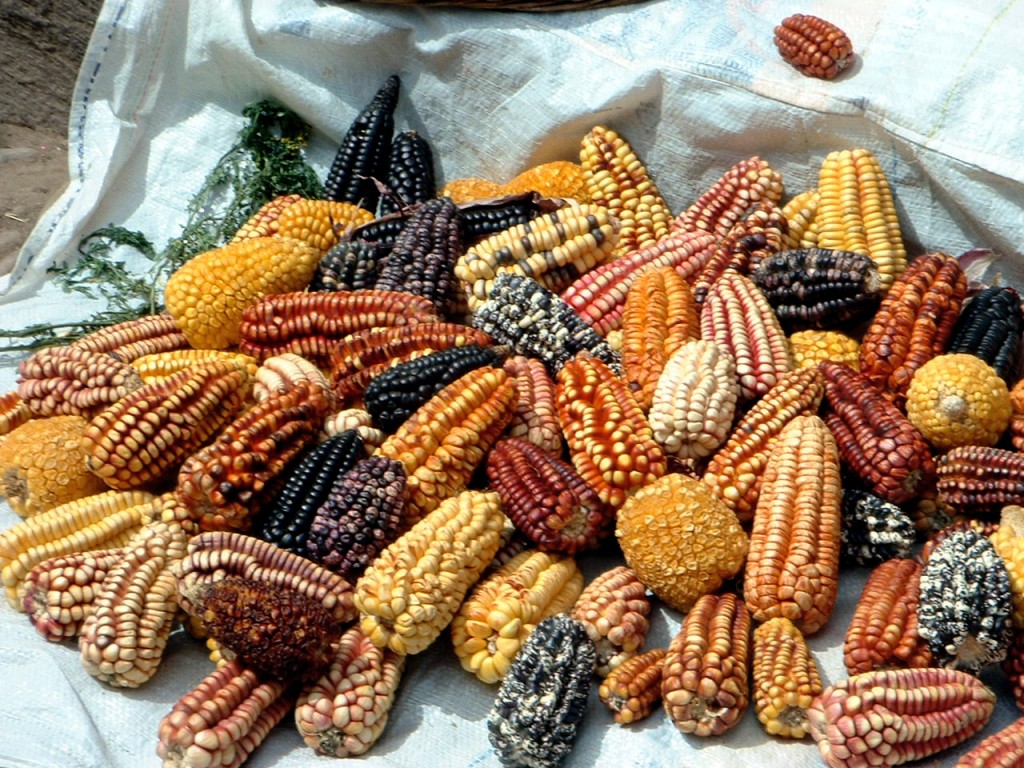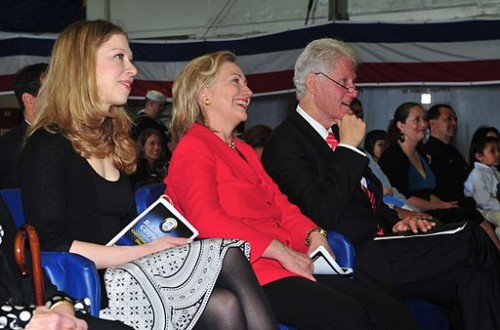Through its work in genetic diversity the Rockefeller Foundation created the need to stockpile the diminishing and diverse crop varieties that the Green Revolution aimed to replace.
"Examining the issue of crop genetic diversity within the history of the Green Revolution invites different questions. Stockpiles of diverse crop varieties were first created almost as byproducts of the all-important breeding programs. They did not become ends in themselves until the Rockefeller Foundation and others began to recognize that the unfolding Green Revolution was contributing to the global diminishment of agricultural biodiversity—and, crucially, that that diminishment posed a threat to future crop improvement and therefore global agricultural development. As such, the history of the Rockefeller Foundation’s involvement in the conservation of crop biodiversity offers insight into how the foundation navigated the science and politics of a problem that it had itself contributed significantly to generating.
"A brief history helps to illustrate this novel perspective. Conserving the genetic diversity (or “germplasm”) of agricultural crops was not part of the stated mission of the Mexican Agricultural Program. However, one of its principal goals was to create high-yielding varieties of wheat, maize, and beans. And the first task of any good crop-breeding program, as foundation staff knew well, was to assemble varieties that might serve as foundational breeding material."--Helen Anne Curry, HistPhil






